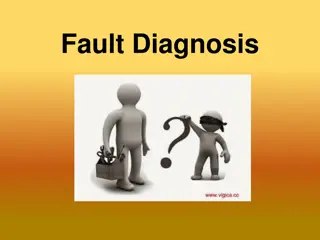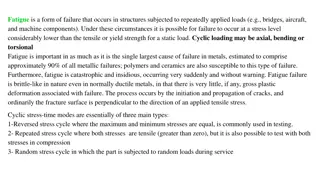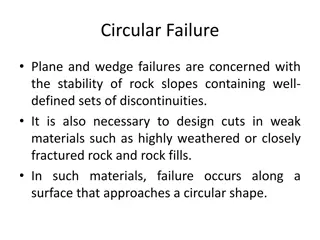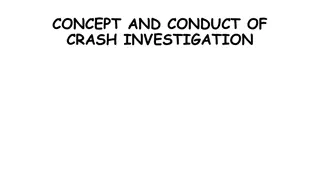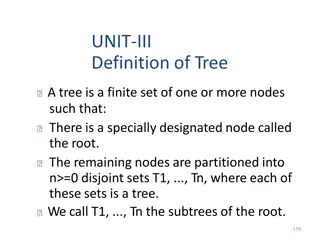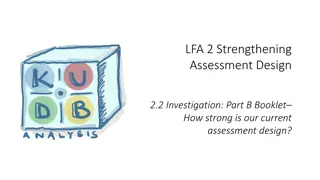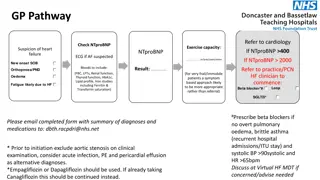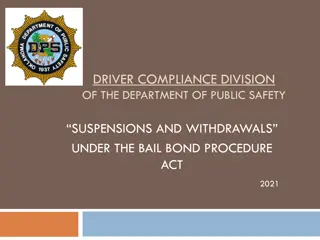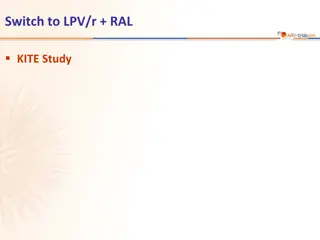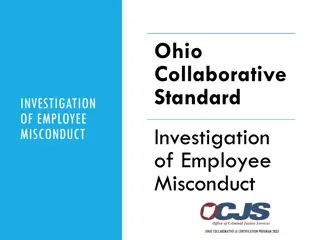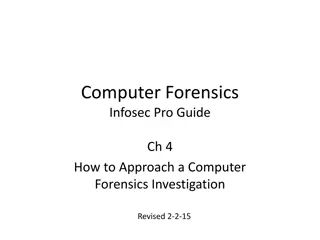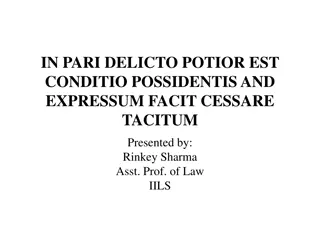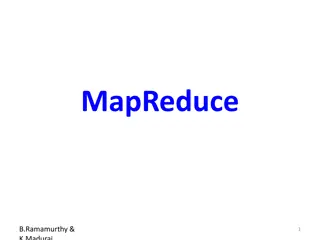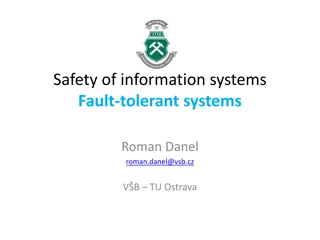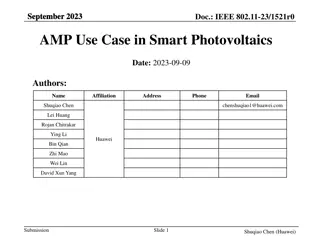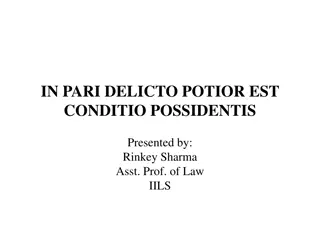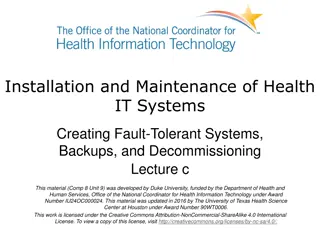Understanding Fault Tree Analysis for Failure Investigation
Fault Tree Analysis (FTA) is a method used to identify the root causes of failures, allowing for appropriate corrective actions to be taken. It involves creating a visual diagram to determine the primary cause of an issue and its contributing factors. FTA helps enhance communication between users and suppliers of subsystems, and it is a valuable tool for improving system reliability and performance.
Download Presentation

Please find below an Image/Link to download the presentation.
The content on the website is provided AS IS for your information and personal use only. It may not be sold, licensed, or shared on other websites without obtaining consent from the author. Download presentation by click this link. If you encounter any issues during the download, it is possible that the publisher has removed the file from their server.
E N D
Presentation Transcript
Failure Investigation Process Fault Tree Analysis LOCKHEED MARTIN PROPRIETARY INFORMATION
Failure Investigation Process Examples of tools that exist to investigate failures: MFC tends to use Fault Tree; suppliers tend to use Fishbone Charts Failure description 4.0 R Open (POC Name) Cause 4 3.0 R Open (POC Name) Cause 3 2.0 R Open (POC Name) Cause 2 1.0 R Open (POC Name) Cause 1 2.1 R Open (POC Name) Cause 2.1 Fault Tree Fishbone Chart LOCKHEED MARTIN PROPRIETARY INFORMATION 2
Fault Tree: What it is It is a method for focusing the team on identifying root cause of a failure so that appropriate corrective action can be applied to mitigate repeat failures of the same nature It is a TOOL that should be used often; the more often it used, the faster the process of using it becomes second nature As a tool, it enhances technical interchange between users and suppliers of subsystems It provides a repository for design details and test results that can easily be accessed in the future It is NOT intended to assign blame It is NOT a panacea; conclusions drawn are only as good as the input criteria It is NOT absolute; because of the complexity of some systems, it may not present a single ROOT CAUSE LOCKHEED MARTIN PROPRIETARY INFORMATION 3
The Fault Tree: How it is used The FAULT TREE is used in conjunction with 6-way charts The START of the Fault Tree is the top level failure description, in general terms The Lower Level Blocks are the possible causes of the noted failure The 6-Way Charts are used to assess each of the Lower Level Blocks ALL Lower Level Blocks start as RED (Primary cause of the failure) 6-ways are used to modify the color from RED and up When does it end? When the arguments cease!! Mike s Rule of Thumb: When no other blocks can be added to fault tree AND when testing avenues have been depleted LOCKHEED MARTIN PROPRIETARY INFORMATION 4
The 6-way form: How it is used The 6-way form consists of several blocks that require the investigator(s) input to complete: (Provide details about the observed failure) Root Cause Analysis Summary Observed Failure: Activity During Which Failure Occurred: (During what event did the failure occur) Location Where Failure Occurred: (Where was the system when failure occurred) Failure Date: Be specific as to how this item can cause the failure (Date of Failure) Candidate Cause of Failure: (Describe the candidate cause ties back to the item identified on the fault tree) Tracking Number Probability Index Status Date 1.1 Red Open Investigator: (Name) Detail evidence as to why this item IS a candidate cause Evidence For: (Provide any details for why this may be the cause of the failure) Evidence Against: (Provide any details that may rule this item out as to the cause of the failure) Detail evidence as to why this item is NOT a candidate cause Results of tests or analyses Required tests or analyses (Define actions/tests to be performed to determine if this is the cause of the failure Identify person to be responsible and expected completion date) (Provide details as to the results of the testing place any data in the Supporting Data folder on the sharepoint site) Detail list of tests/analyses necessary to validate failure hypothesis Detail results of testing Is this a probable cause of the observed failure? No Recommended Corrective Action N/A LOCKHEED MARTIN PROPRIETARY INFORMATION 5




